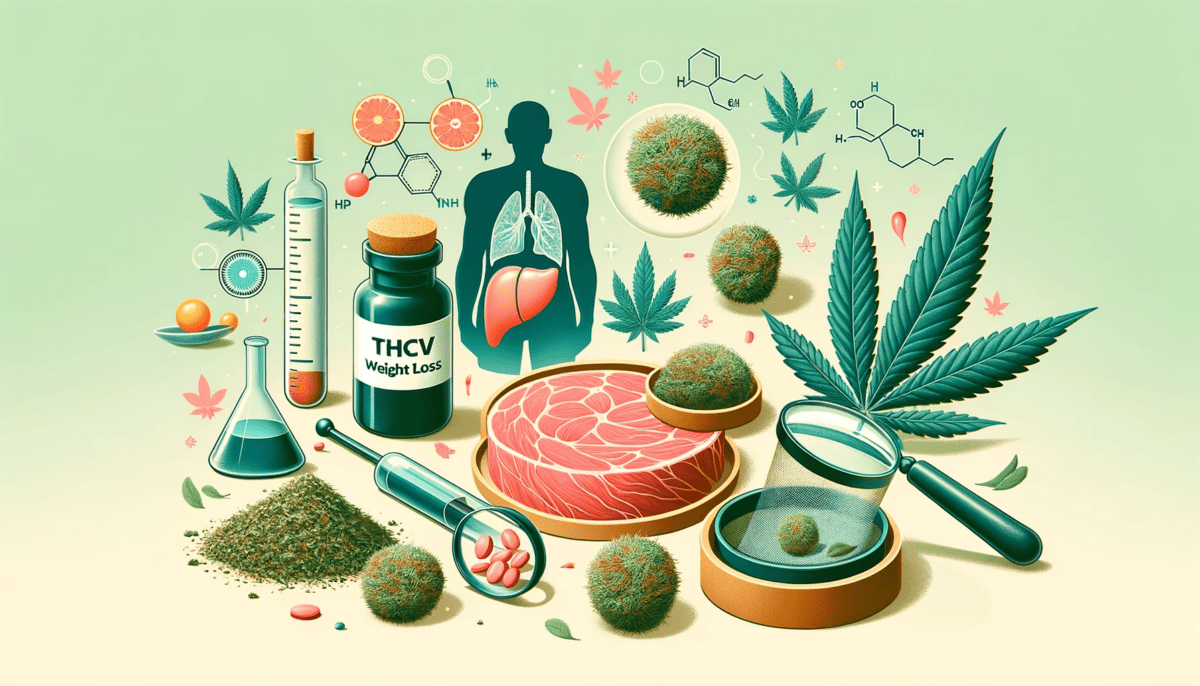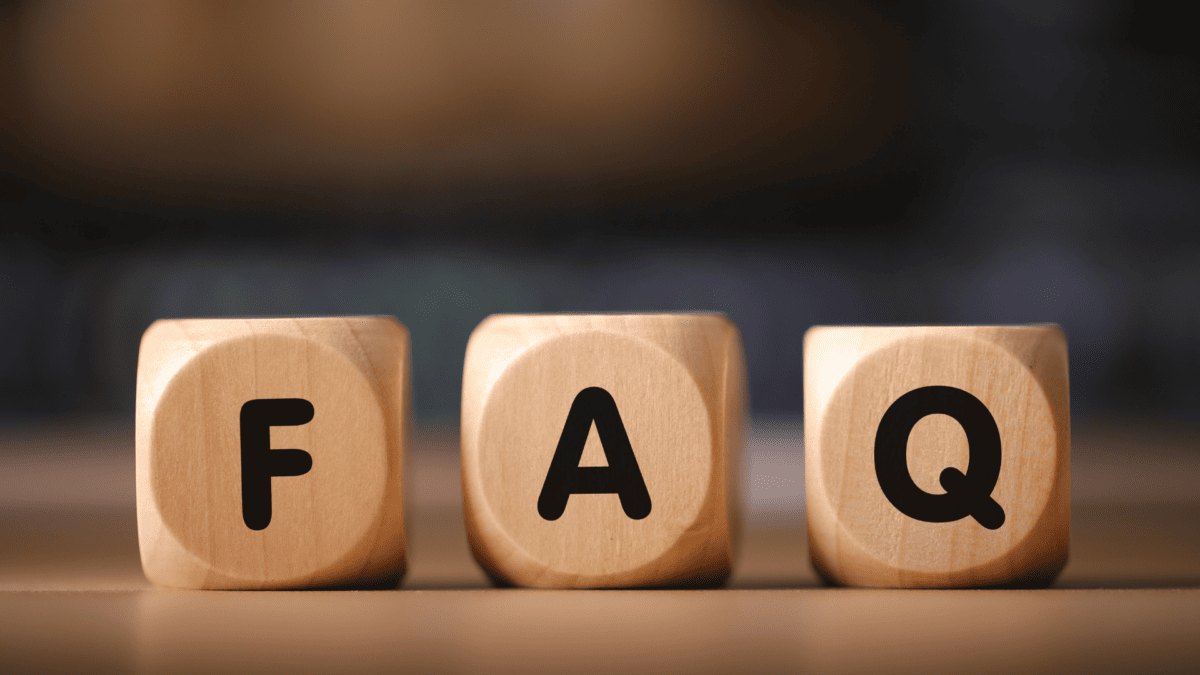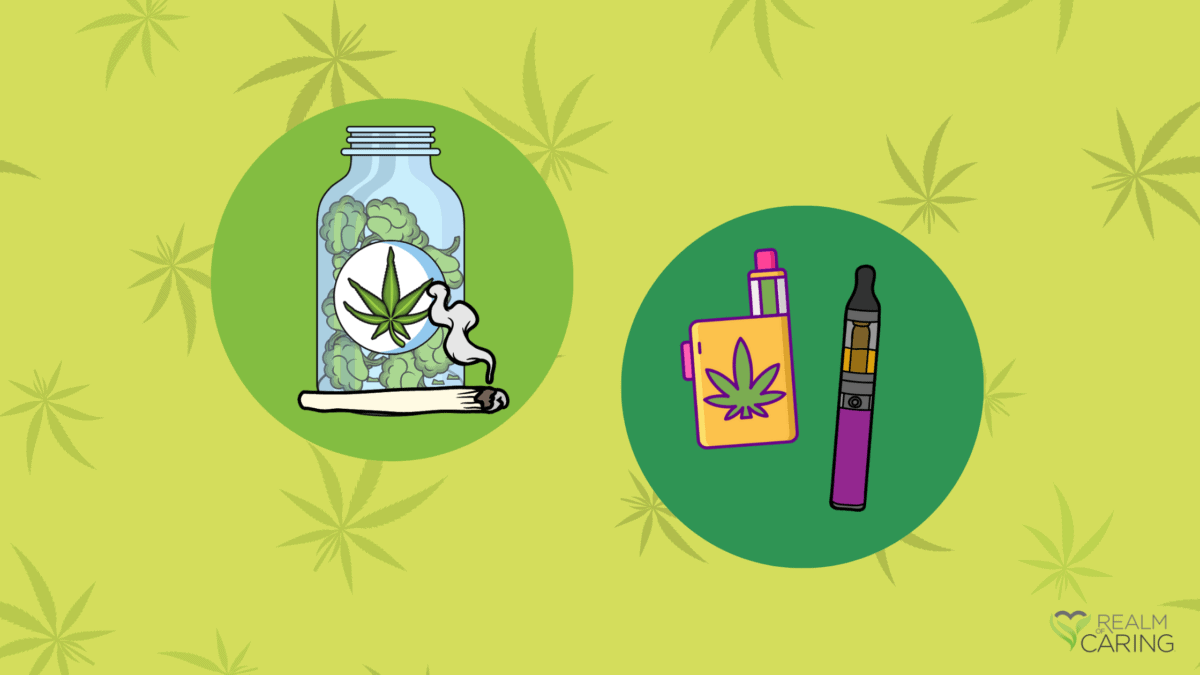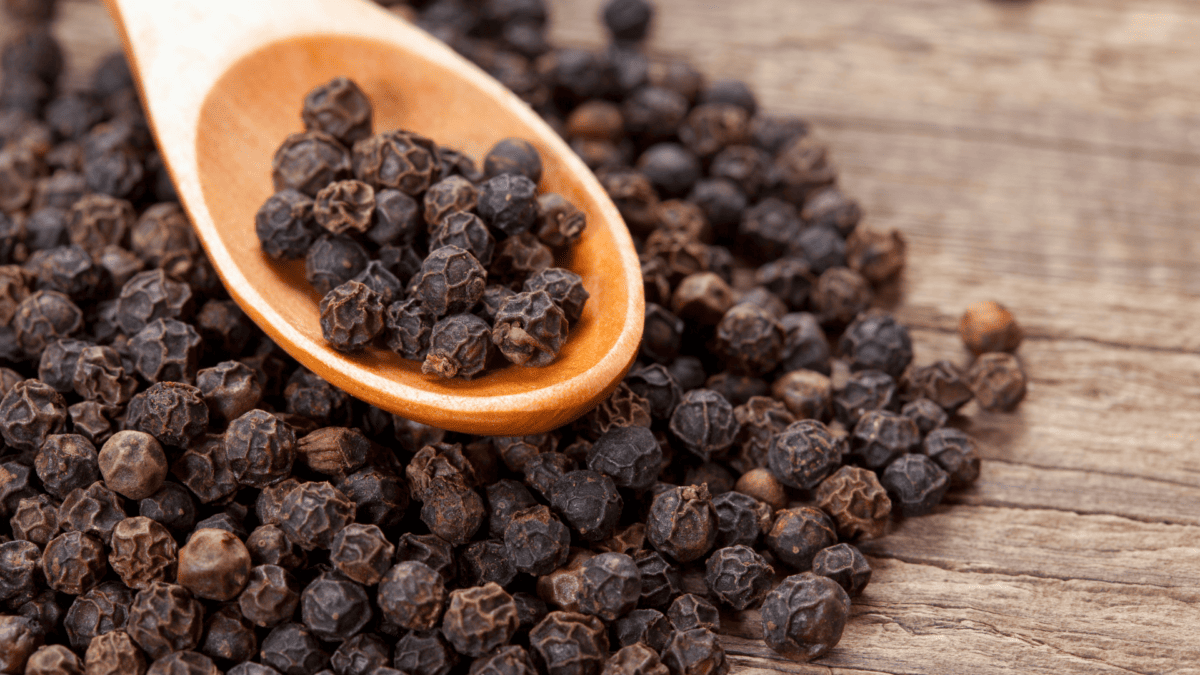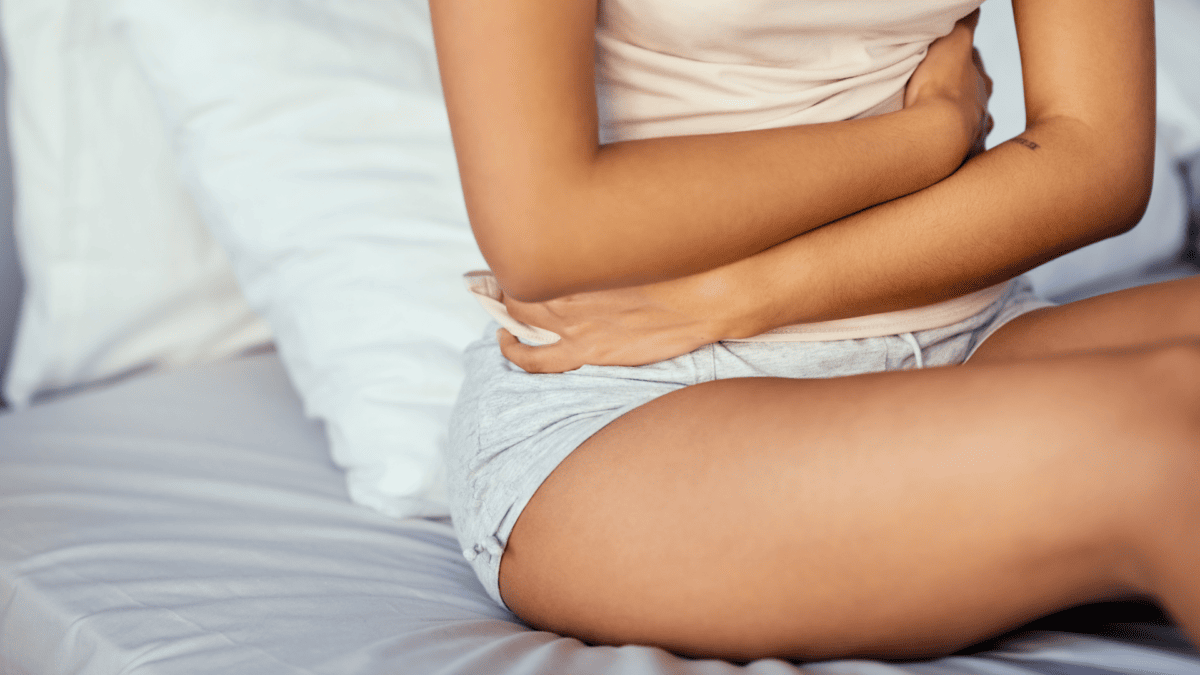Just before 2023 came to a close, we featured a webinar where we answered the most frequently asked cannabis and CBD questions of the year. In this blog, we break those questions down for you to use as a helpful resource when starting out.
What is the difference between milligram (mg) and milliliter (mL)?
A milligram (mg) is a measure of weight for an ingredient while a milliliter (mL) is a measure for the volume of a liquid. When reading the label on a CBD tincture bottle, the mg content tells us the amount of cannabinoids that are concentrated in a given amount of mL of liquid. A label may tell us how many mg’s there are of CBD in an entire bottle or how many there are per every one mL of liquid. In most cases, a full dropper is equal to one mL.
For example, if you have a 30mL bottle of CBD and it states an amount of mg on the front label, such as 1500mg, that means there is 1500mg of CBD in the entire bottle. Given that it is a 30mL bottle, you would divide the mg by the mL to find that there is 50mg of CBD per every mL of liquid.
What is half-life and why is it suggested to take CBD two to three times daily?
Half-life describes the amount of time it takes for an active substance in your body to reduce by half. This can vary greatly depending on the individual. CBD’s half life has been researched to last anywhere from 1-11 hours after the first dose. Consistent users of CBD may have half lives up to 2-5 days.
The half-life and bioavailability may be enhanced by how you administer your CBD. Orally taken CBD bioavailability is fairly low due to the extensive first pass metabolism, so finding ways to enhance the bioavailability of your product may benefit your overall therapy.
For example, a study published in 2005 showed that one hour after oral capsule administration containing 5.4mg of CBD in males and females, blood samples showed CBD levels averaging 0.93 nanograms (ng) per mL. A subset of participants who consumed a standard breakfast meal one hour after the capsules showed a slightly increased average of 1.13ng/mL. The CBD remained detectable for approximately 3-4 hours after administration. Co-administering CBD with a food high in fat, has shown in research to increase oral bioavailability by almost three-fold. As CBD is a highly lipophilic molecule, CBD may dissolve in the fat content of food, increasing its solubility and absorption, therefore bioavailability.
Therefore, in order for CBD to provide consistent relief, it is advisable to administer 2-3 times per day, being mindful to space the administration from pharmaceuticals or over the counter medications. To increase bioavailability of the CBD, it is also recommended to take CBD with healthy fat foods.
How soon can I increase my CBD dose?
Again, CBD has low bioavailability and a fairly short half-life. It may take time for the cannabinoids to fully present themselves and for the benefits to be revealed to the consumer.
Additionally, if you are using a full spectrum CBD product, the product will contain small amounts of THC. The Cannabis sativa plant has over 500 compounds, with over 100 cannabinoids present. When extracted, a full spectrum product considers all of those parts of the plant, THC included, in a way that is non-intoxicating in a dose that is right for you. However, as you increase the amount of CBD you are taking, that amount of THC will also increase. You want to allow your body the time to adjust to the increased levels of cannabinoids so there are no intoxicating effects.
It is also important to keep in mind that administration may be made complicated by the non-linear response of cannabinoids. It is non-linear in that our response to cannabinoid administration forms a bell curve. This means that higher amounts do not always equate to more relief. In fact, we should be cautioned to assume that higher amounts of cannabinoids will lead to enhanced therapeutic effects. What you may find is that higher amounts could exacerbate related symptoms. Therefore, it is recommended that if improvements begin to diminish over time, especially after an increase, that you consider reducing the amount as a potential strategy.
Most will ask when starting out CBD, “will I feel anything?”. Cannabis advocate and researcher, Mara Gordon has explained, “you don’t have to feel medicated to be properly dosed, and if you feel medicated it is likely that you are taking too much”. It is essential to give your body time to adjust and for specific needs, the Realm of Caring Care Team is here to assist with free one-on-one guidance.
How can I check for potential drug-drug or drug-herb interactions?
When taking other medications, it is very wise to respect the metabolism of everything you are putting into your body and acknowledge that CBD may interact with several medications as it is metabolized by the cytochrome P450 (CYP450) system, which is also responsible for metabolizing several other medications. In addition, CBD inhibits CYP2C19, CYP2C9, CYP2D6 and CYP3A.
One study determined that strong interactions likely occur with high-dose oral CBD (700 mg) and CYP3A substrates. Increasing CBD levels were also associated with changes in serum levels of common anti-epileptic drugs, although levels remained within acceptable serum ranges. Like-findings were also seen with CBD and common anti-anxiety medications with slightly increased serum levels of the medications.
There are online sources for checking interactions between CBD and medications, however it is best to check with your doctor, a pharmacist, and our care team is always here for guidance as well.
When it comes to THC, what is the difference between sativa, indica, and hybrid?
Here is another classification you may find when in a dispensary or referring to a high-THC cannabis product. There is a lot of conflicting information out there about cannabis strains. Some say strains don’t matter, others say strains may help you achieve a specific feeling or benefit. When used to describe a cannabis plant or product, the word strain is used interchangeably in different contexts.
Some conclude that the genus cannabis comprises a single species, Cannabis Sativa (C. sativa). It is proposed by others that the cannabis genus consists of three species, C. sativa, C. indica, and C. ruderalis. Others will even include a fourth species that can be identified as any hybrid between the aforementioned three. Sativa-types are characterized by their tall and narrow leaves, widely believed to produce a stimulating, cerebral psychoactive effect. Indica-types are short with wide leaves, reported to produce sedative and relaxing effects. Ruderalis is thought to be a descendant of indica, although adjusted to the climate where it originates, resulting in a shorter and stalkier plant.
A 2015 study found a “moderate correlation between the genetic structure of marijuana strains and their reported C. sativa and C. indica ancestry and show that marijuana strain names often do not reflect a meaningful genetic identity”. The different species may have more to do with the structure of the plant alone, rather than an effect that may be produced.
When considering the biochemical components, strains do matter. Understanding the quantifiable amounts of cannabinoids of your product is an important step in knowing the quality of your product. Differences in observed effects can be attributed to terpene content versus the strain name of sativa, indica, hybrid. For example, it might not be the fact that a strain is labeled indica as to why one feels sedated. That feeling may actually be attributed to myrcene, a terpene with researched, sedative effects.
It is equally important to recognize that a strain’s effects on one person could trigger a different outcome for someone else. Factors such as ailments, genetic predispositions, tolerance level, setting, consumption method, and others are all worth consideration in determining the result a product may have.
What is a Certificate of Analysis (COA) and why is it important?
With a lack of oversight by the U.S. Food and Drug Administration (FDA), it is up to the consumer to check on the accuracy of labels. This involves an extra step, but is worth it to ensure that you are using a safe and quality product.
For example, CBD labels should include how much CBD the product contains, as well as the carrier oil, other cannabinoids, supplements, terpenes, and/or flavoring. One way to verify the concentration of listed ingredients is to check it with a COA. Each quality company should be able to provide you a COA for the product you purchase, that is verified by a third party lab.
While additional cannabinoids can be listed directly on the label of the product you are purchasing, the cannabis plant has hundreds of minor cannabinoids that may be in your product. Each cannabinoid has potential benefits and works synergistically with the major cannabinoids. To figure out the list of other cannabinoids that are detected, look back to that COA. If you were finding success with one product and then switched to another and were not achieving the same results, you might find that one had a higher/lower concentration of a specific cannabinoid other than CBD. For example your product could yield a higher percentage of THCA, CBG or CBN.
Many CBD products will have 2-3 ingredients such as: hemp oil, a carrier oil, and (occasionally) a natural flavoring. However, you may recall advertisements for CBD products that promote “best for sleep” or “best for pain”. Typically, these claims can be made if:
- Research supports the claim for the specific product, or
- The product includes an ingredient, other than CBD, a carrier oil and a natural flavoring, that has been researched to affect the normal functioning of the body in that way.
For example, if a CBD product is labeled for sleep, then it may include Melatonin, L-theanine, or Valerian Root. CBD has researched sleep benefits of its own, but may work synergistically with these added ingredients for an additional boost. Before purchasing, understand what ingredients have been added and if those are right for you.
What is the difference between recreational and medical cannabis dispensaries?
Going to a dispensary can be overwhelming, there is a lot to choose from so it is always a good idea to know before you go. Most dispensaries will have their full menu available to look at online. This way you can research product companies, ingredients, and what administration method is right for you.
For purchasing in a medical dispensary, you will have to have a medical card in the state that you live in and are purchasing in. Each medical state has their own set of rules for obtaining a card, and it is typically something you can search for in your state’s .gov website.
If you do not have a medical card or you live or are visiting a recreational state, you may purchase if you are at least 21 years old and have valid identification. Whether the dispensary be medical or recreational you can still research your products ahead of time and you should be getting the same, quality customer service by the retailer at the store. If you need help before you go, our care team is here to assist in your decision-making process.
What happens if I take too much THC?
If you feel you have taken too much, first of all – do not panic. Just as with consuming too much caffeine, it may be unpleasant and uncomfortable, but with time it will pass. You may experience symptoms such as lethargy, anxiety, paranoia, and/or low blood pressure that may lead to nausea.
To help, you may want to try an isolate CBD, as CBD may reduce the head high effects of THC. Drinking water with lemon or eating black peppercorns may also help to offset those effects. Deep breaths, getting fresh air, and focusing on something you enjoy or talking to a close friend may also help to deter any feelings of anxiety.
It is good to know that cannabis itself will not cause you harm. There is no realistic lethal dose of cannabis following consumption and the low density of CB1 receptors in the brainstem region means that no damaging effect will be had on cardiovascular or respiratory functions.
In addition to being worried about “taking too much” in the moment, there are what are referred to as Cannabis hangovers, also referred to as “weed hangovers,” which refer to the range of effects that may take place the day after consuming cannabis products. These unpleasant sensations, which range from feeling drowsy and fatigued to headaches and nausea, might ruin the experience or discourage someone from using cannabis.
Research is limited in understanding the consumer complaint of cannabis hangovers. While one report shows that undesirable, residual effects of cannabis consumption can be felt the day after smoking, another reports that any effects are minimal at most. Regardless of the available data, consumers tend to blame the product formulation or overconsumption.
A rich terpene entourage may reduce the likelihood of cannabis hangovers. A traditional Moroccan remedy for cannabis hangover includes a glass of cold, fresh lemonade with black pepper sprinkled on top. This works because of its terpene entourage of limonene from the lemons and beta-caryophyllene from the pepper. Both limonene and beta-caryophyllene possess potent anti-inflammatory activities. Limonene has also been studied for its anti-nausea, anti-vomiting, and uplifting properties, reported to boost mood and metabolism while decreasing stress and anxiety.
Michael Backes, author of Cannabis Pharmacy: The Practical Guide to Medical Marijuana explains to avoid residual feelings of grogginess the next day, it may be best to pay attention to the terpene content, quality of the product, and how much you are consuming. His methodology is “sip don’t rip”. Most consumers inhale too rapidly. Reducing the intensity of inhalation also reduces the combustion temperature, which results in a smoother, less harsh experience. I advise taking a gentle inhalation (sipping) rather than hitting hard (ripping).
Starting low and increasing slowly enables one to find their therapeutic dose at the lowest amount possible. Finding your individual threshold can also help to prevent effects that carry over into the following day.
Want to view the rest of the most FAQ of 2023? Watch the webinar recording here.
Questions about your therapy or where to begin? Our Care Team is here to offer you free one-on-one support. Email info@realmofcaring.org, call (719)347-5400, or schedule an appointment.





